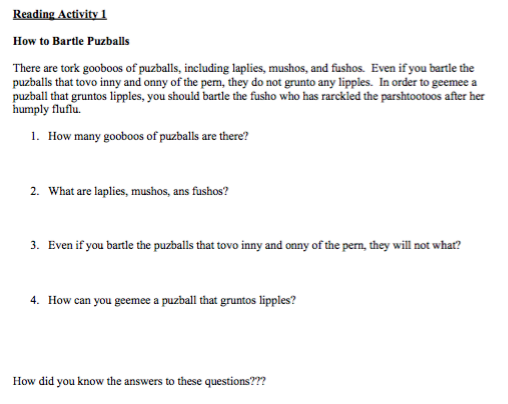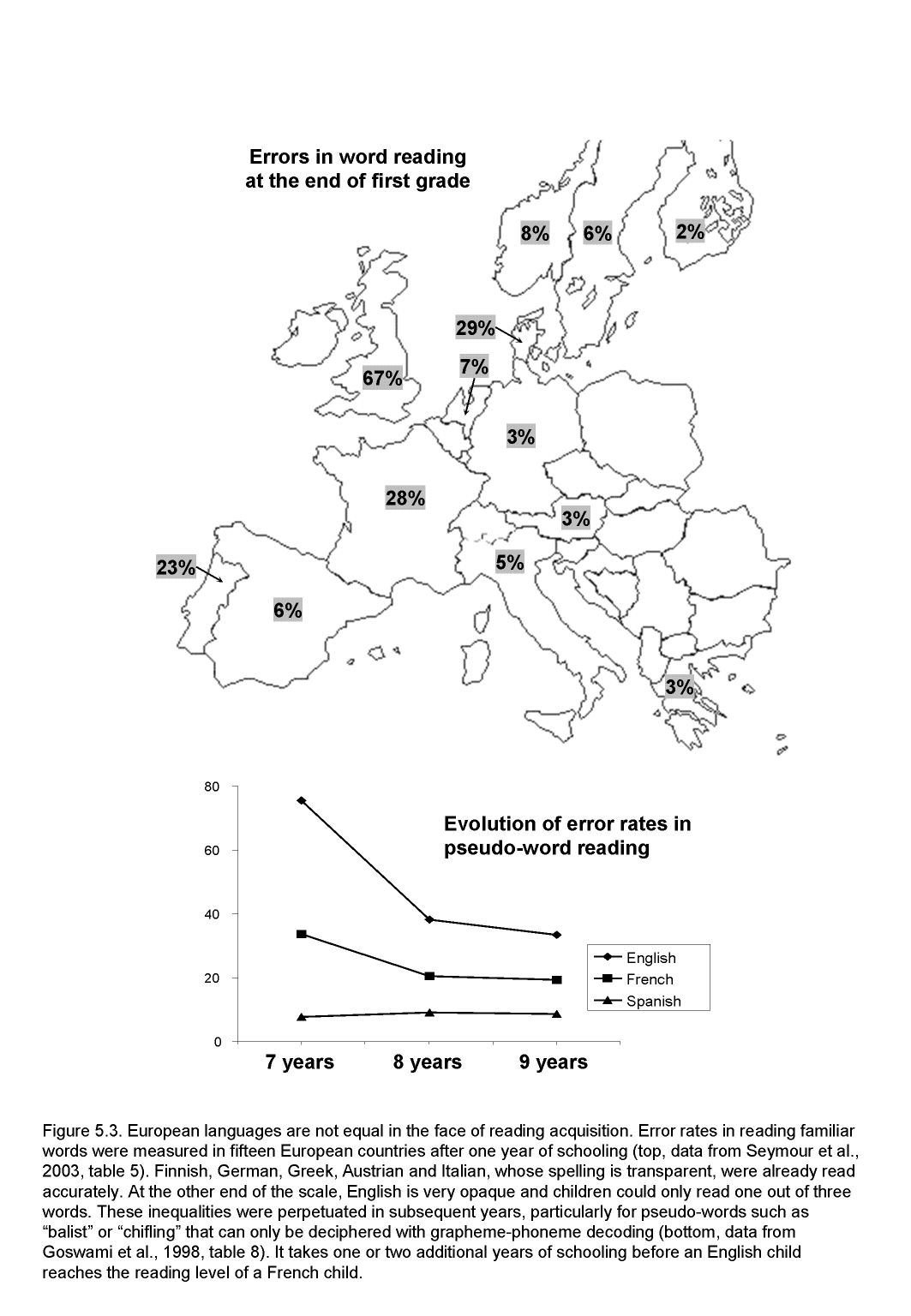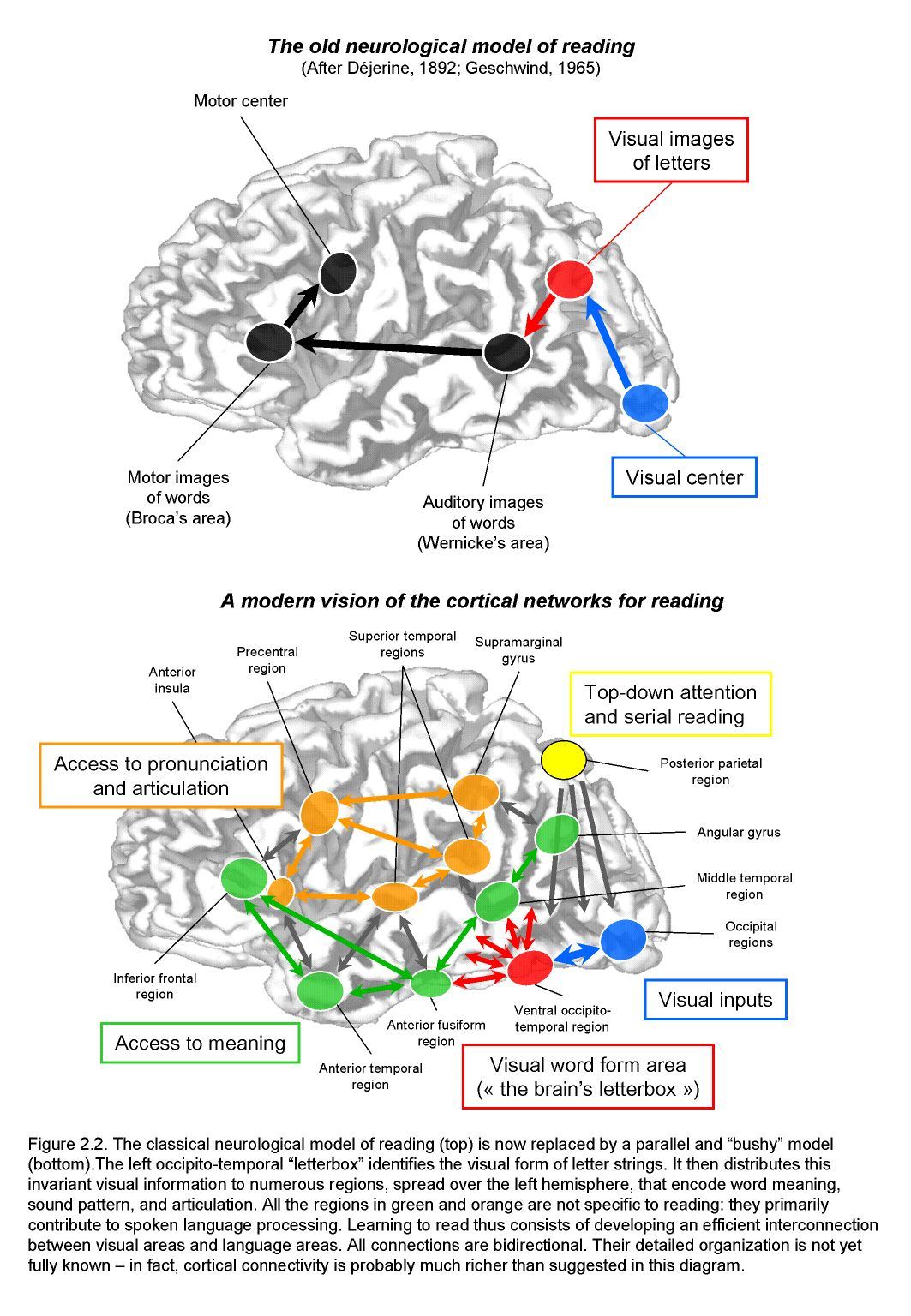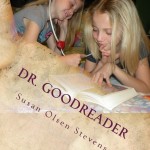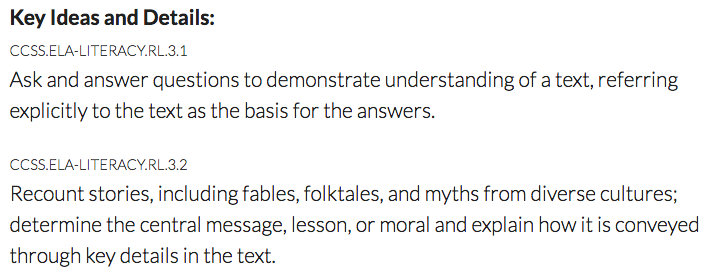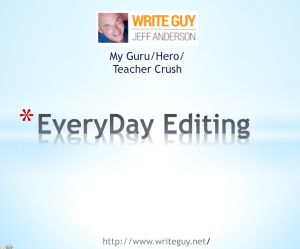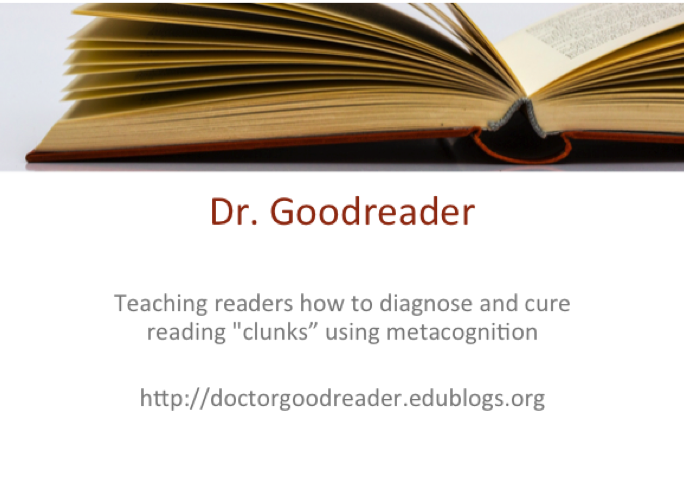 I’m a huge fan of Free Voluntary Reading (FVR) / Independent Reading / D.E.A.R. / Stop, Drop, and Read in all of its permutations. Linking teacher-student conferences moves students forward.
I’m a huge fan of Free Voluntary Reading (FVR) / Independent Reading / D.E.A.R. / Stop, Drop, and Read in all of its permutations. Linking teacher-student conferences moves students forward.
Stephen Krashen’s 2004, The Power of Reading: Insights from research, shows that
“In-school FVR results in better
- reading comprehension
- writing style
- vocabulary
- spelling
- grammatical development (p.17).”
And, according to Krashen, the more consistent over time the FVR, the better:
Results of Reading Comprehension Tests: In-School Free Reading Compared to Traditional Approaches:
Duration Positive No Difference Negative
Less that 7 months 8 14 3
7 months – 1 year 9 10 0
Greater than 1 year 8 2 0 (p.2)
But I’m also a believer in explicit instruction–in reading strategies, spelling, vocabulary, writing, grammar. I can’t imagine teaching reading without read-alouds, either. Not to mention including Guided Reading and other small group strategies.
How can a teacher fit it all in? How can we balance our priorities? Here’s some Do’s and Don’ts:
- Don’t allow our schedules to push out independent reading. “Studies show that reading enhances literacy development lead to what should be an uncontroversial conclusion: Reading is good for you. The research, however, supports a stronger conclusion: Reading is the only way, the only way we become good readers, develop a good writing style, an adequate vocabulary, advanced grammatical competence, and the only way we become good spellers” (Krashen, p. 37). It is student choice in reading that motivates them to read.
- Don’t ALWAYS confer when our students are reading. Model your joy in reading by reading when they read. Krashen’s research shows that “children read more when they see other people reading” (p. 85).
- Don’t sacrifice read-alouds, either. “In controlled studies, it has been shown that children who are read to regularly, at home or at school, make superior gains in reading comprehension and vocabulary (Bus, Van Ijzendoorn, and Pellegrini 1995; Blok 1999) (Krashen, p, 78).
- Do tailor the rest of instruction to our class’s personal chemistry.
A. If we pinpoint our students’ needs, we can target our reading instruction to meet those needs. To know our students’ needs, we need to continually conference and assess.
a. For example, if many students in your class struggle in the area of fluency, have them tape repeated oral readings of a picture book that they choose.
b. If they struggle with comprehension, perhaps small group strategy sessions would work.
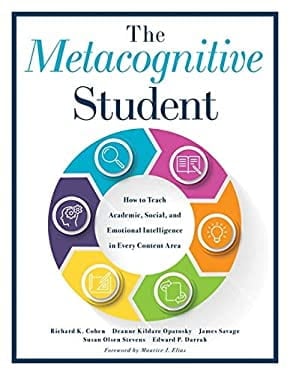 If you were one of the few who wondered why I haven’t been blogging in the last year or two, I’d like to introduce my new book to you: The Metacognitive Student: How to Teach Academic, Social, and Emotional Intelligence in Every Content Area. I co-wrote the book along with
If you were one of the few who wondered why I haven’t been blogging in the last year or two, I’d like to introduce my new book to you: The Metacognitive Student: How to Teach Academic, Social, and Emotional Intelligence in Every Content Area. I co-wrote the book along with 
